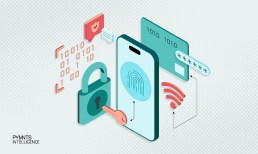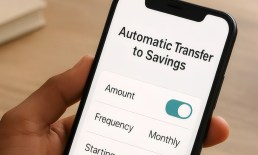The Federal Reserve System, along with the Business Payments Coalition (BPC) and 115 industry organizations, is working to speed the adoption of digital payments by establishing new standards for electronic remittance data that can be used to build a virtual network for delivering e-invoices.
So far, 73 organizations have joined the payments industry effort that will enable businesses to exchange electronic invoices, while another 42 have done the same to facilitate electronic delivery of remittance information, the joint announcement said.
“This innovative work will catalyze B2B payments modernization and shape the future of the payments industry,” Shonda Clay, executive vice president and chief of customer and industry engagement at the Federal Reserve, said in a press release announcing the formation of the groups.
Less Manual, More Multinational
In the first of the newly announced efforts, participants in the E-invoice Exchange Market pilot program will build and test a virtual network that enables businesses to exchange invoices with one another by establishing a secure, open e-invoice delivery framework between providers. This trial program will run through the end of next year with the goal of establishing an operational B2B invoice exchange framework for the U.S. market in 2023.
“Paper invoices are highly inefficient and more expensive for the buyer and supplier,” BPC notes on its website. “An electronic invoice (e-Invoice) offers an opportunity to reduce manual effort for both buyers and suppliers—while supporting multinational compliance.”
Advertisement: Scroll to Continue
An e-invoice exchange framework operates similarly to the email exchange frameworks in which users sign up with an email provider to send and receive email, the Federal Reserve explains on its website.
“In an exchange network, service providers act as access points to deliver and receive data and information for their business clients. Instead of email, in the exchange framework, they deliver businesses’ e-invoice data.”
Lowering Costs, Improving Efficiency
In the other effort announced Tuesday, Remittance Delivery Assessment Work Group participants will help determine the viability of a framework to support the exchange of electronic information across all payment types. Its goal is to enable efficient delivery and acceptance of electronic remittance information for B2B payments in the U.S. This group’s work through mid-2022 will leverage the progress and momentum generated by the BPC to transform the delivery of electronic remittance information.
“The BPC supports industry efforts to align on a common core of remittance content and delivery methods that promote broad adoption of electronic remittance data,” the organization explains on its website. “While the remittance solutions landscape is still evolving, electronic remittance capabilities play a strong role in reducing payment application costs and improving overall efficiency.”
Bettering Collection Cycles, Reducing Days Sales Outstanding
Automation can help firms improve their collection cycles and reduce the average days sales outstanding (DSO). In fact, 62% of the firms that have adopted automated accounts receivable (AR) processes benefited from improved DSO and 49% achieved lower delinquency rates, according to the B2B Payments Innovation Readiness Playbook done by PYMNTS in collaboration with American Express.
Firms that rely on automated methods for their payment collection efforts follow up earlier on their overdue payments and ultimately end up with shorter DSO cycles, the report notes, meaning that remaining competitive requires businesses to kick their automation plans into overdrive.




